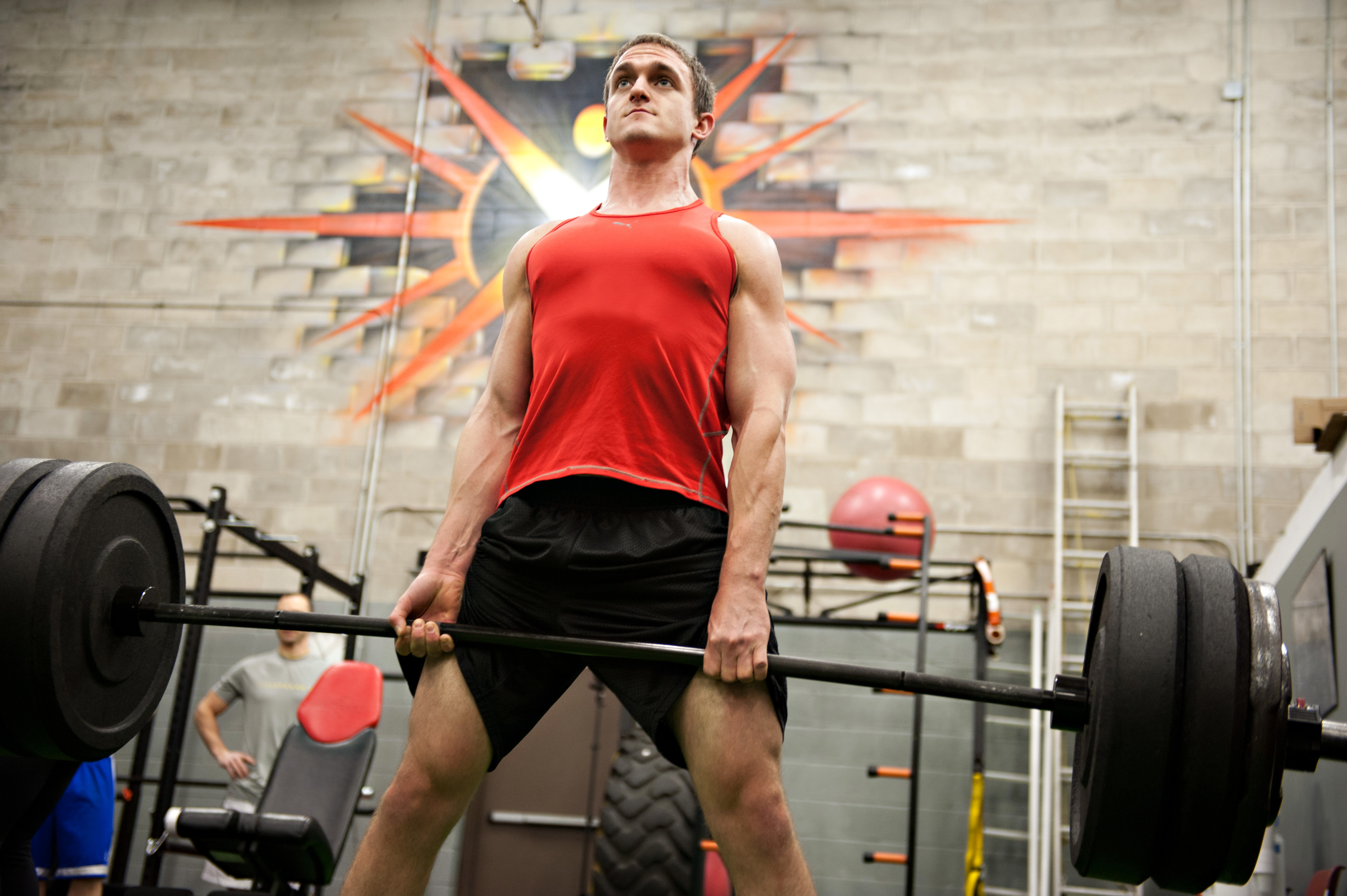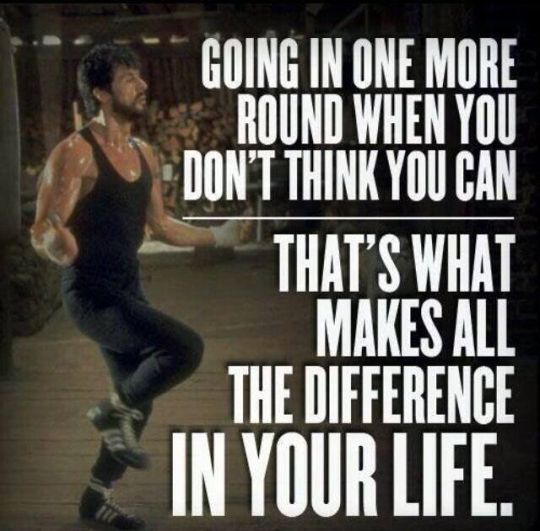Quality form, technique, and execution are top priorities in the pursuit of improving total body strength. After thorough a understanding and consistency in performing major lifts like the deadlift, back squat, and bench press has been established, it's time to get quantitative & number-savvy in assessing your improvements and strength gains. The importance of having numbers can't be overlooked, and after getting some baseline tests (bench-marks) logged, having your personal records (PRs) will add a lot of motivation, focus, and a sound empirical basis to continuing to set new PR's. The 1 rep max (1RM) test reigns supreme as a gold standard in assessing progress with your strength/fitness program. Here are some of the main reasons why:
- Knowing how much weight your capable of at 100% maximal effort will let you and your coach know proper loads & percentages of your 1RM to designate throughout your program.
- Having numbers and tracking your specific progress will guide you as you navigate through your training, work on your weaknesses, and maintain your strengths.
- Understanding your numbers will keep you safe and help you avoid injuries during your training.
- Rank your numbers against standardized age & gender matched controls to see how you compare.
- For those with a competitive drive looking to set gym records and be the athlete everyone's chasing after, you've gotta know the numbers.
- Testing periodically (8-10 weeks) will allow you to effectively periodize your training to maximize your potential on test days and make timely assessments.
It's important to know the numbers, have an understanding for what is good relative to your age, gender, and level of experience, but it's equally important not to get too competitive or obsessive over them. They should really be for YOU, and utilized only for exactly what they are - DATA. The value of understanding your 1RMs, weights, and relative training intensities makes the difference between just "getting a workout in" versus having a clearly defined intent and purpose behind your training. You should always make sure you've established a good technical foundation and have your form and technique validated by a trained & experienced eye. So, get excited about testing your 1RM! it's an important piece of the puzzle in the inherently difficult but entirely worthwhile pursuit of getting STRONG!




